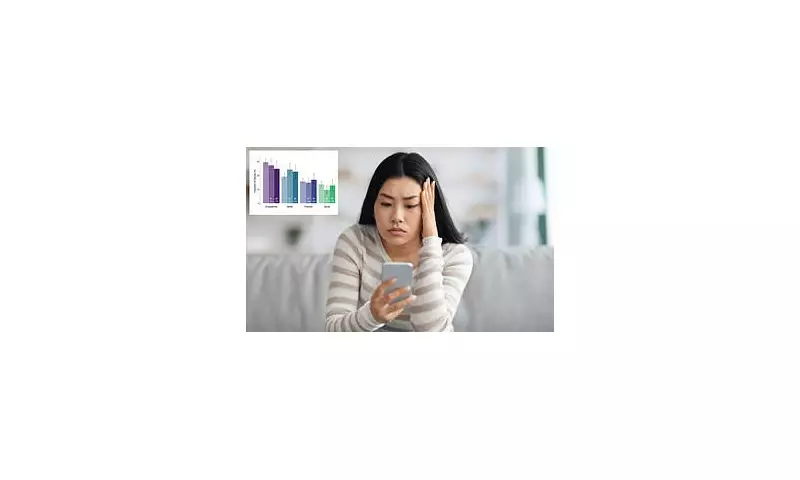
Every day presents a cascade of choices, from the mundane like taking the stairs to the life-altering, such as changing careers or undergoing major surgery. While most decisions are inconsequential, a new study from Switzerland has systematically catalogued the 100 most common high-stakes dilemmas that fuel modern anxiety.
The Blueprint of Modern Anxiety
Researchers from the University of Zurich aimed to tap into people's actual life experiences by surveying 4,380 Swiss adults, aged 15 to 79. They asked each participant to describe a single, challenging, risky choice they had personally faced or witnessed.
Renato Frey, the study's co-author and a psychologist at the university, explained their straightforward approach: "Our basic goal was really to try to tap people’s actual experiences from real life. We just asked our study participants to report a single risky choice."
This method generated thousands of personal dilemmas, which researchers then systematically grouped to build a final, data-driven inventory of the most prevalent risky choices people face.
What Tops the List of Life's Risks?
The findings revealed a clear hierarchy of anxiety-inducing decisions. Topping the list were occupational choices, with starting a new job and leaving a current job identified as the most common dilemmas. In fact, work-related issues dominated, making up five of the top 25 risks and accounting for nearly a third (32 percent) of all choices reported.
Following closely were health-related concerns, which constituted eight of the top 25 risks. These were often deeply personal and high-stakes, including decisions such as:
- Whether to undergo significant surgery
- Following a doctor's treatment advice
- Getting vaccinated
- Engaging in dangerous sports
- Starting a new diet or workout plan
Financial concerns were the third most common category, representing 17 percent of reported dilemmas.
How Age and Gender Shape Our Fears
The study uncovered that a person's age and gender significantly influence which risks they perceive as most significant. For instance, the career dilemma of ‘Should I quit my job?’ became less common with age for both men and women. However, ‘Should I accept a new job?’ remained a top concern among younger adults.
For women over 60, health-related risky choices became just as prevalent as work-related ones. Meanwhile, men aged 60 and up frequently fretted about the possible health effects of using 5G technology.
Notable gender differences emerged: women aged 30 to 44 frequently faced the dilemma of whether to get married, while women in the 15-29 and 45-59 age brackets often considered pursuing specific education or training. These choices did not appear among the top five most frequent choices for men.
Dispelling the Myth of the 'Risk-Taker'
One of the study's most intriguing findings challenges the notion of people being universally 'risk-takers' or 'risk-averse'. The research revealed that a person's willingness to take risks can change dramatically depending on the category of the decision.
For example, a daredevil who regularly skydives (a recreational risk) might simultaneously be highly conservative with their health, perhaps by refusing to take medication. The study concluded that a person's general risk tolerance was a weak predictor of their actual choices across different life domains.
Furthermore, the researchers tested whether a major global crisis, the Covid pandemic, fundamentally altered the types of risky choices people face. They found that it did not; the overall list of the top 100 life dilemmas remained largely consistent before and during the pandemic.
Study Limitations and Cultural Context
The researchers acknowledged several limitations, the most significant being that the study population hailed exclusively from Switzerland. They noted this is "a very safe country with, for instance, a very low crime rate."
The Swiss healthcare system also presents a vastly different context from countries like the UK or US. In Switzerland, health insurance is mandatory for all, with a focus on universal coverage through regulated private insurers. Crucially, all out-of-pocket costs for the year are legally capped, meaning a major illness might strain a family’s budget but is very unlikely to lead to financial ruin.
This contrasts sharply with the United States, where medical bills are a leading cause of personal bankruptcy. The researchers suggest further studies are needed to determine if the perceived riskiest choices differ in other national contexts.
The full study, providing a unique blueprint for understanding the sources of contemporary anxiety, was published in the esteemed journal Psychological Science.





